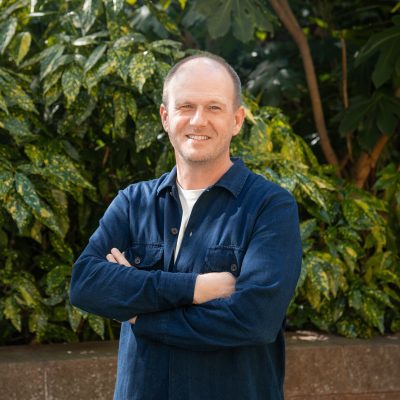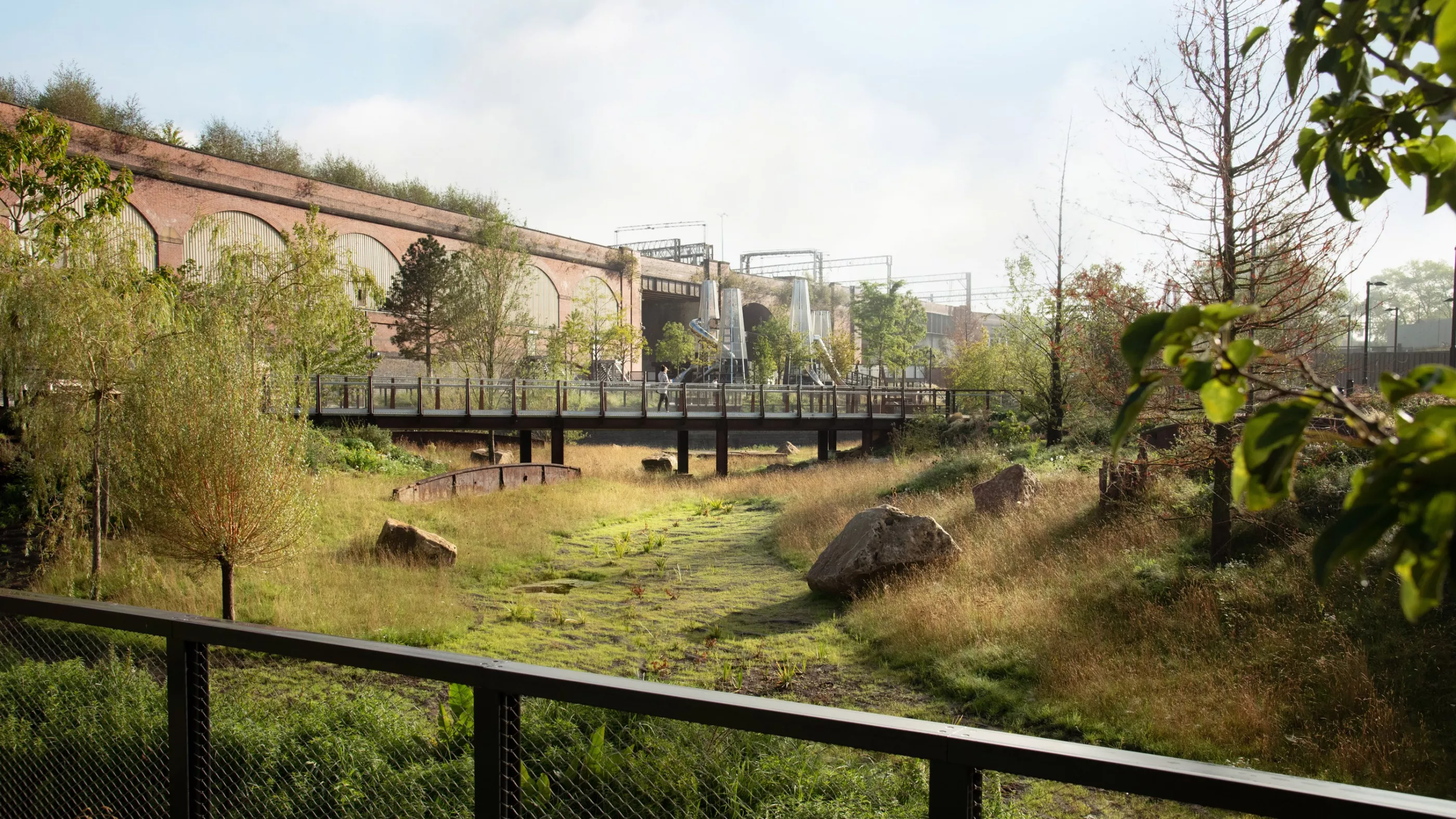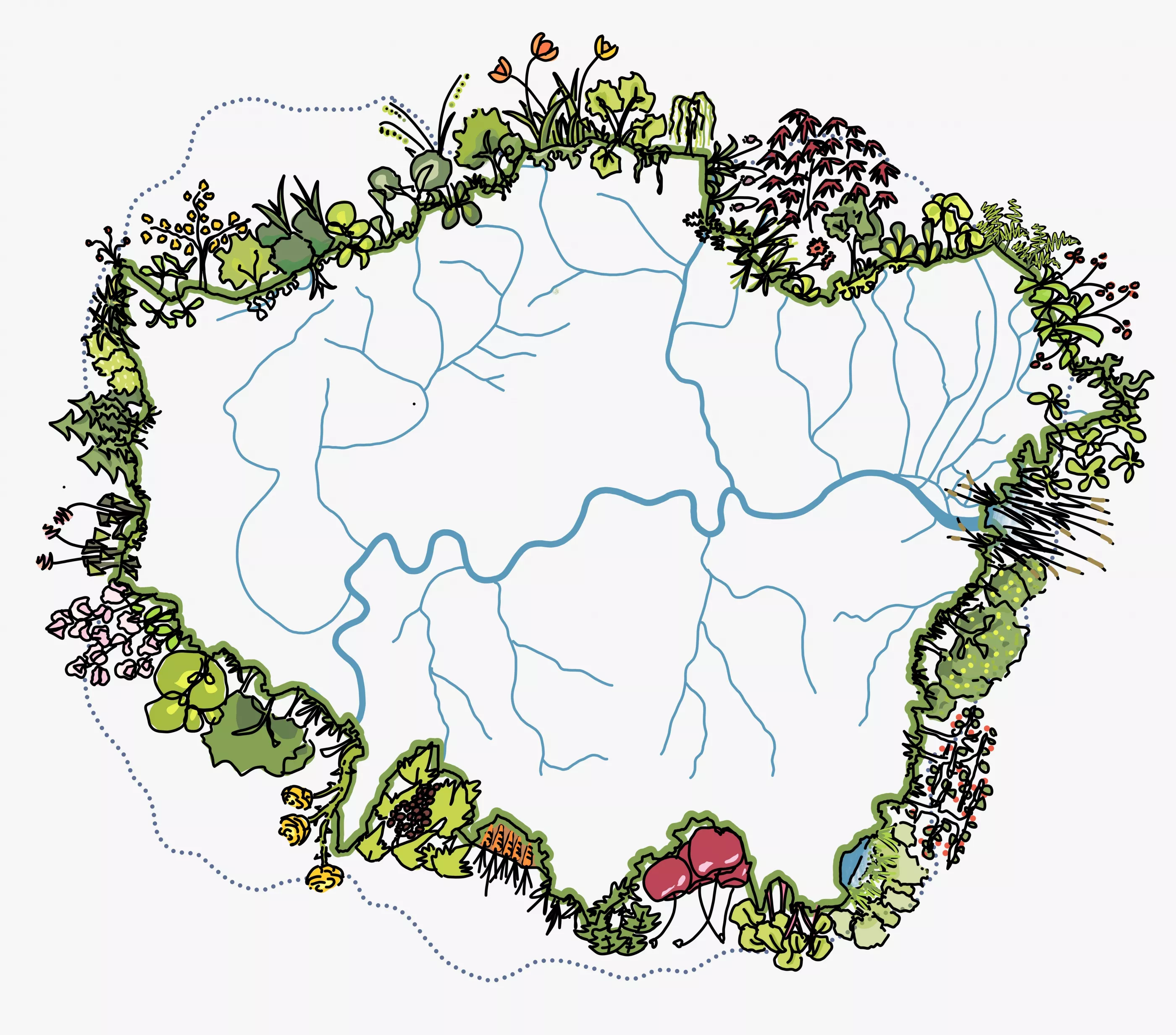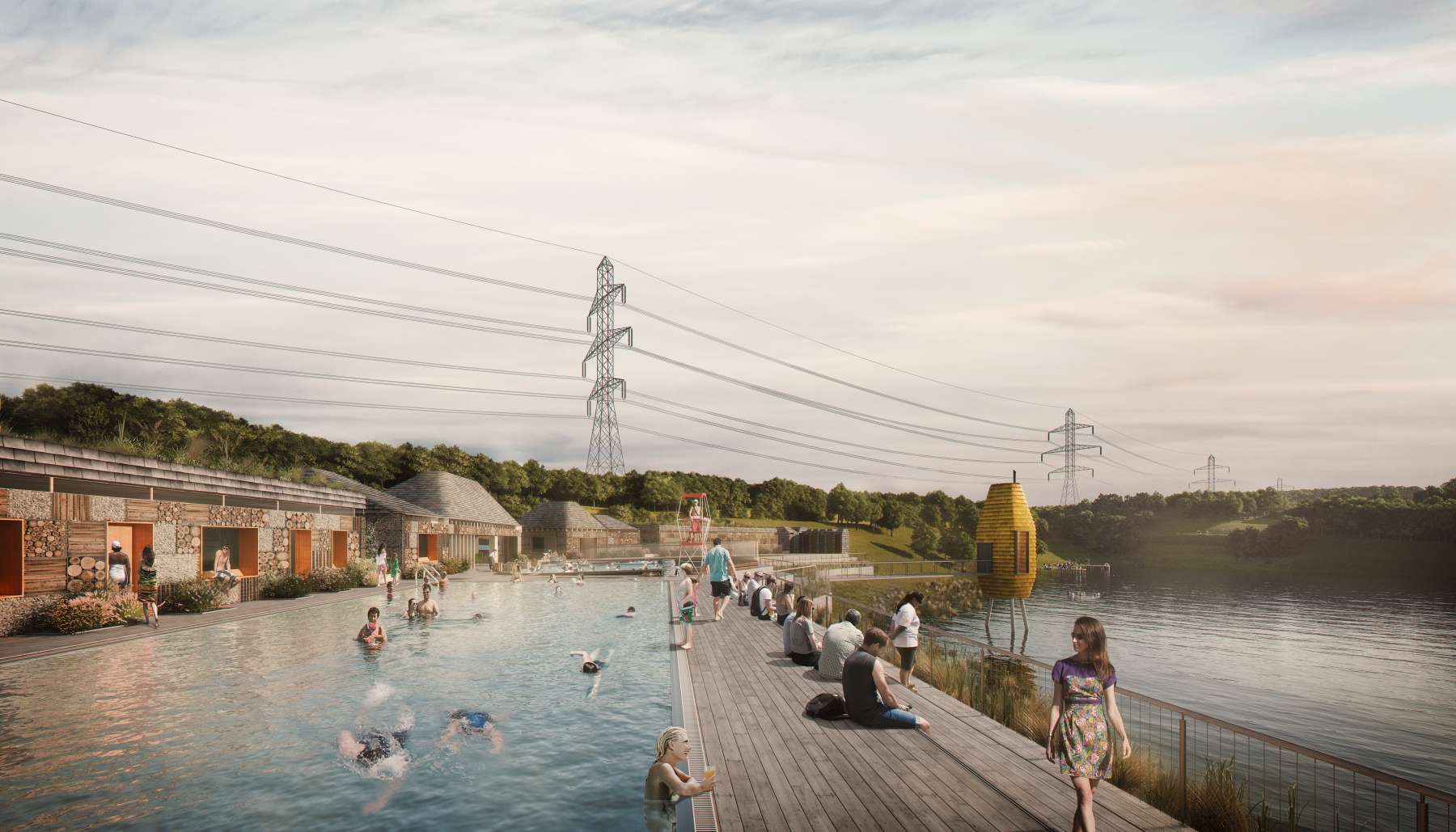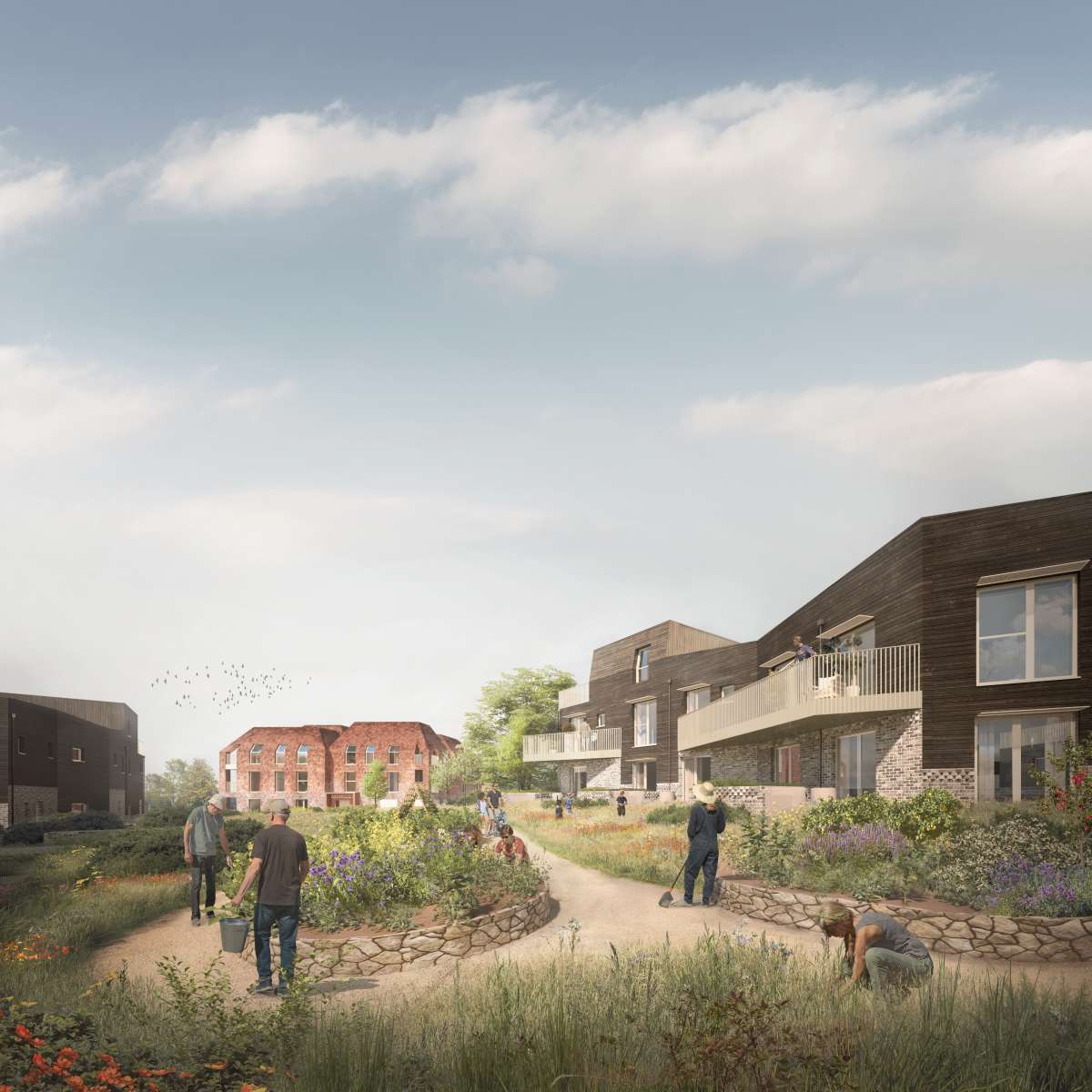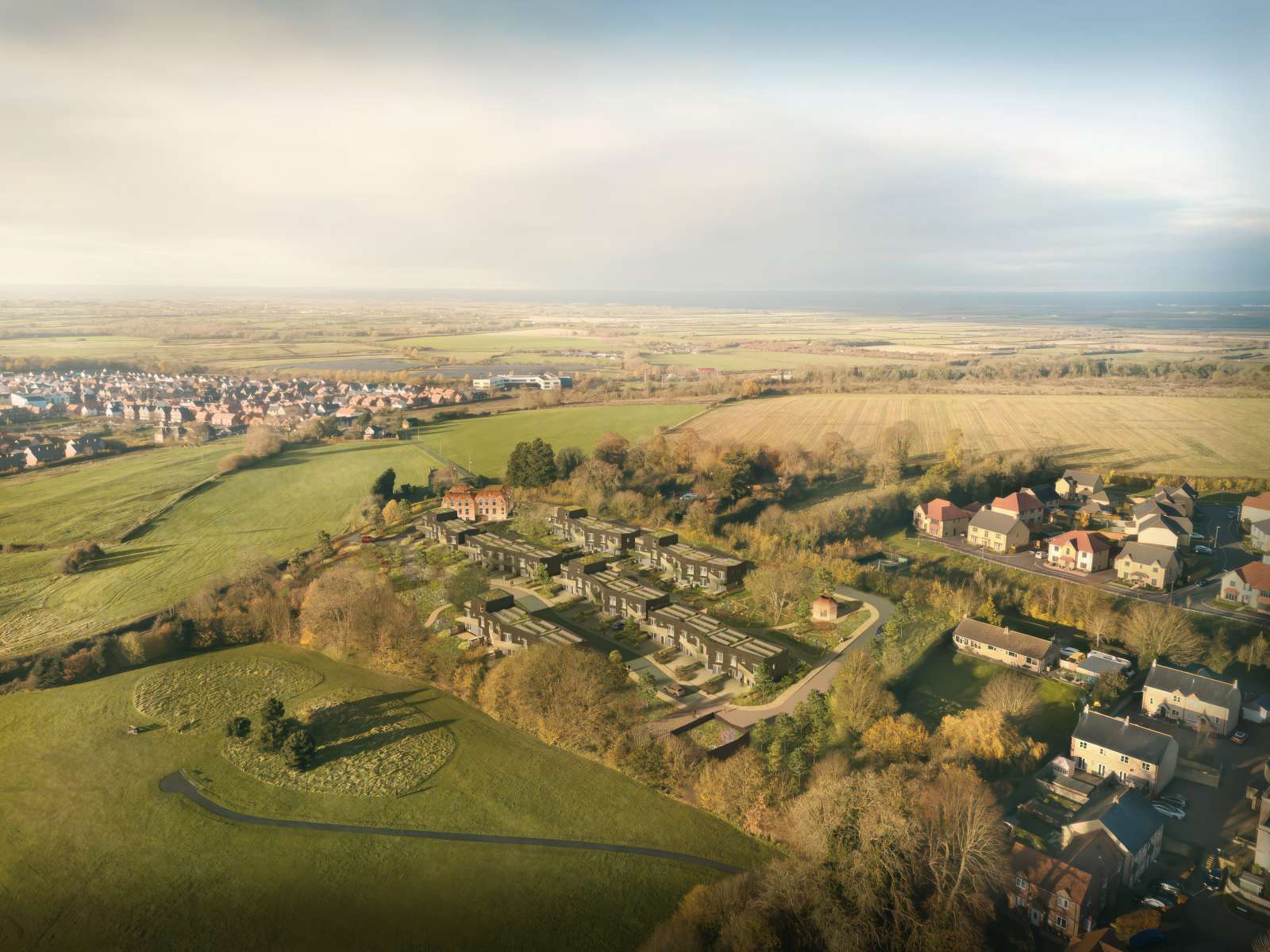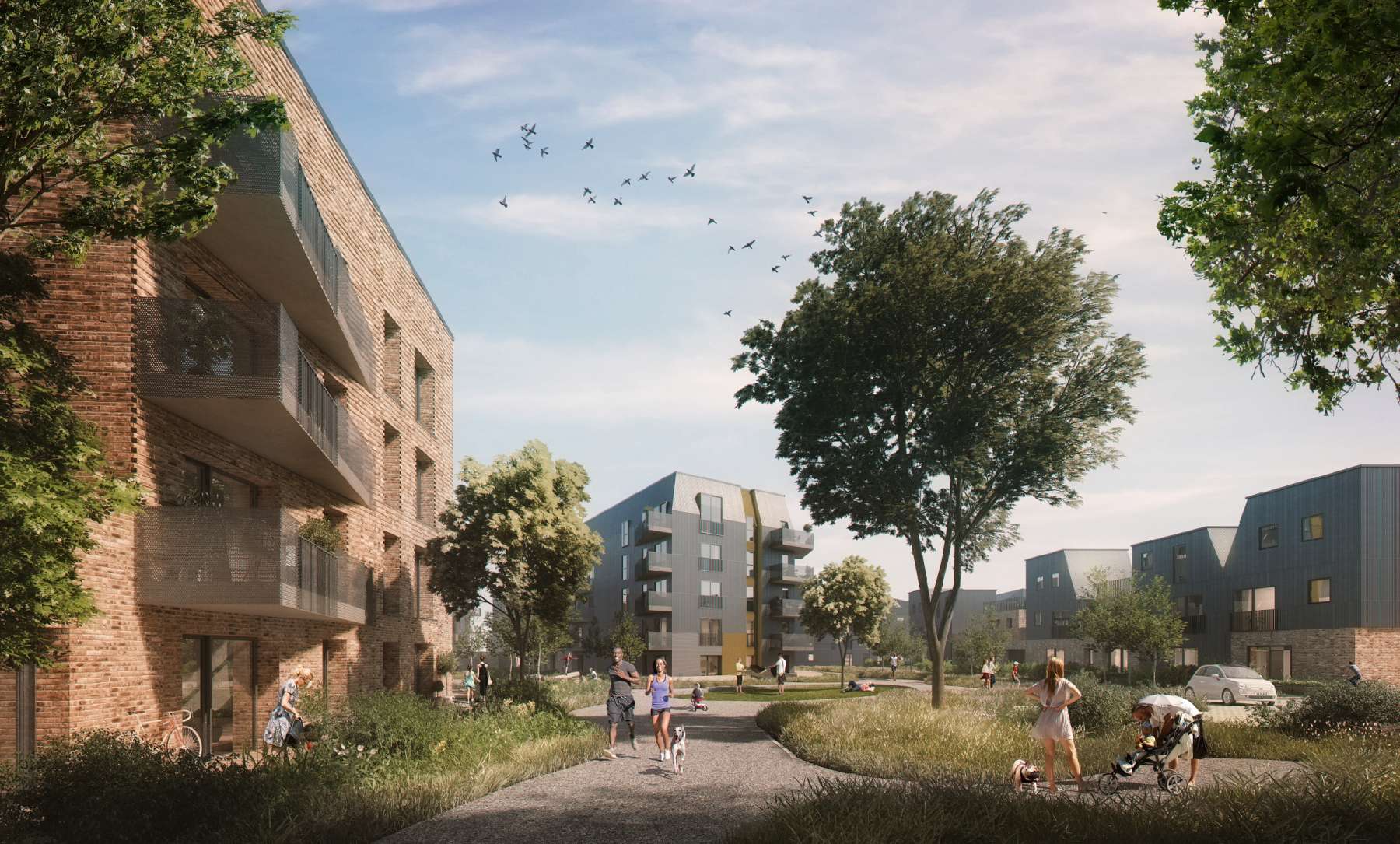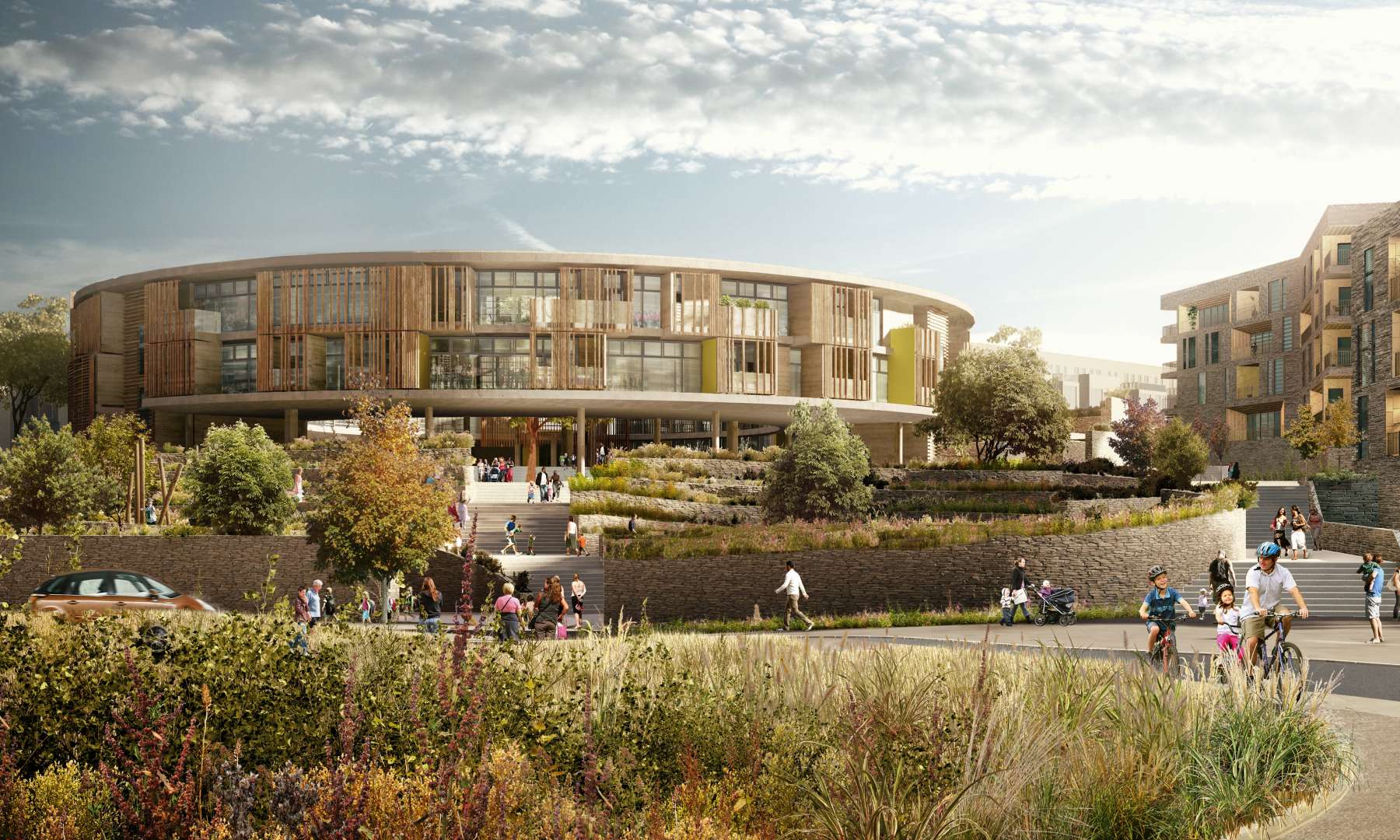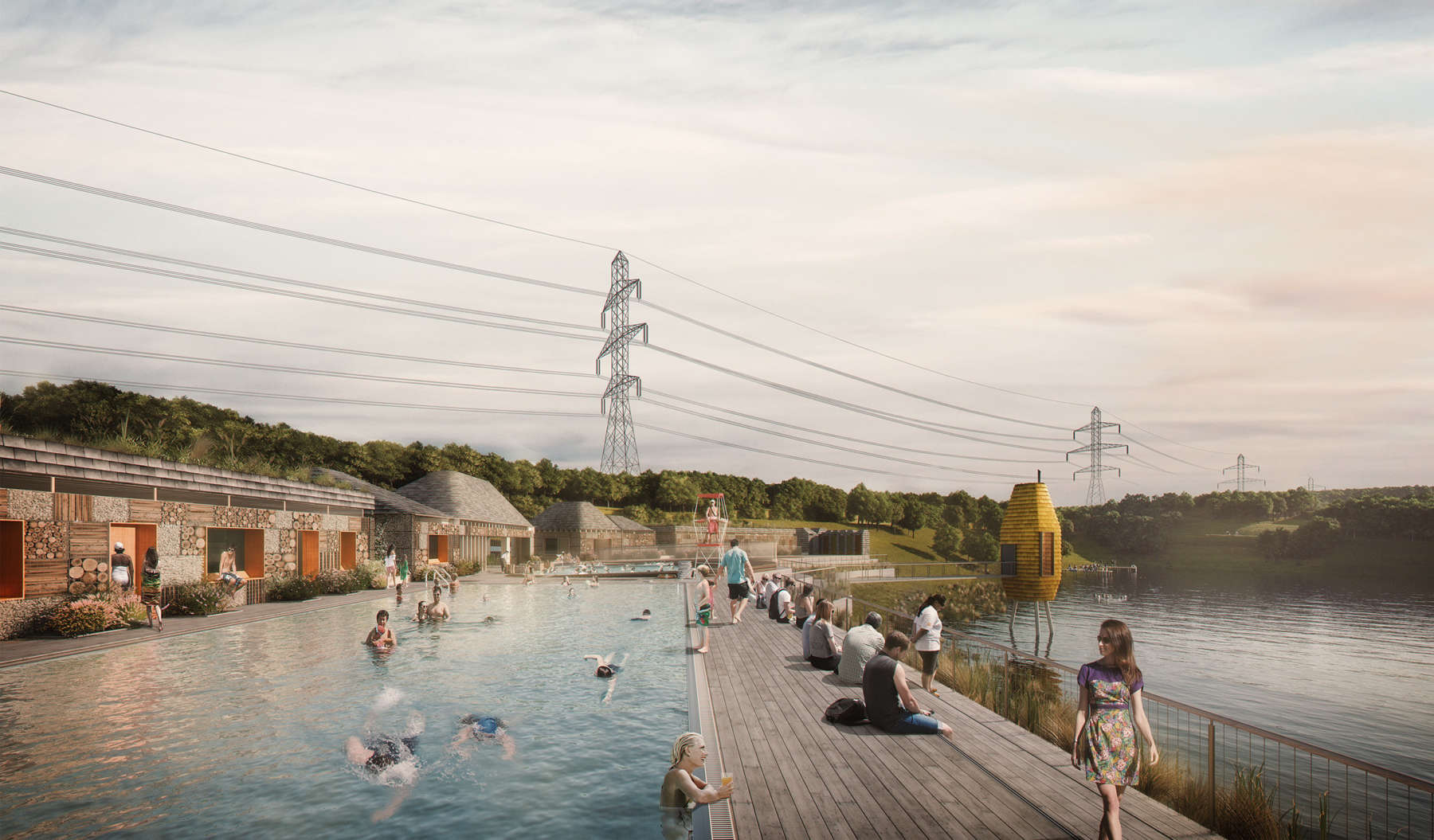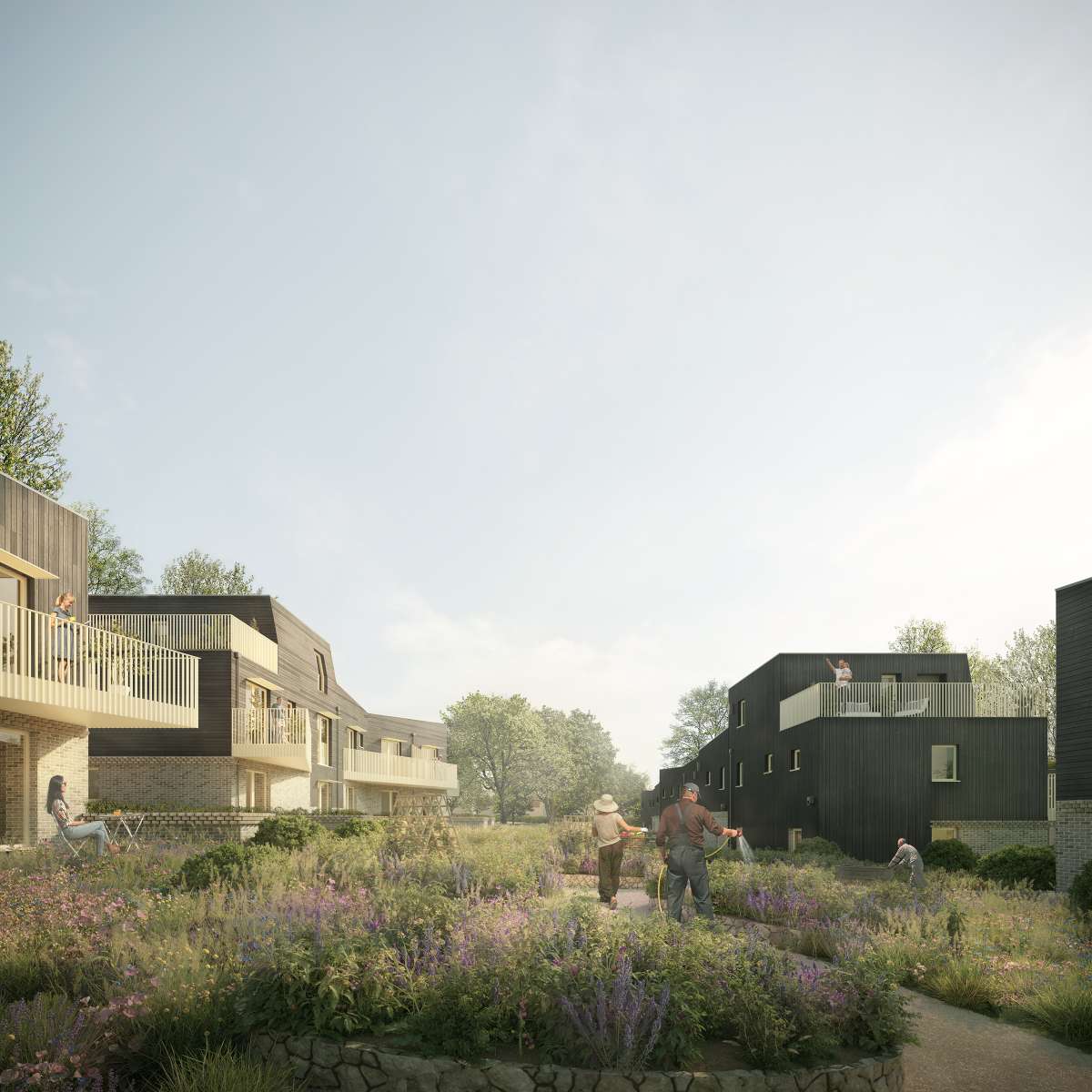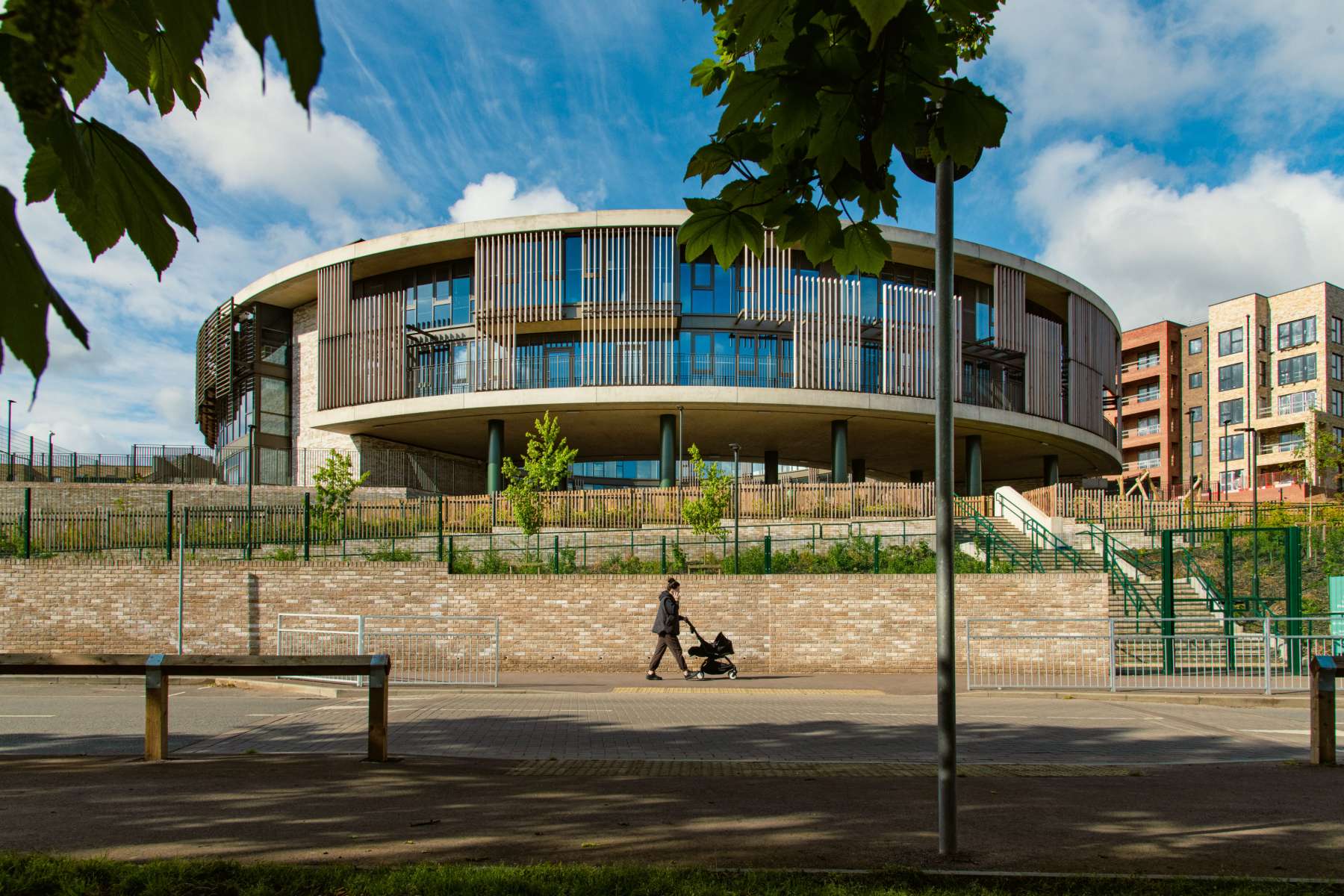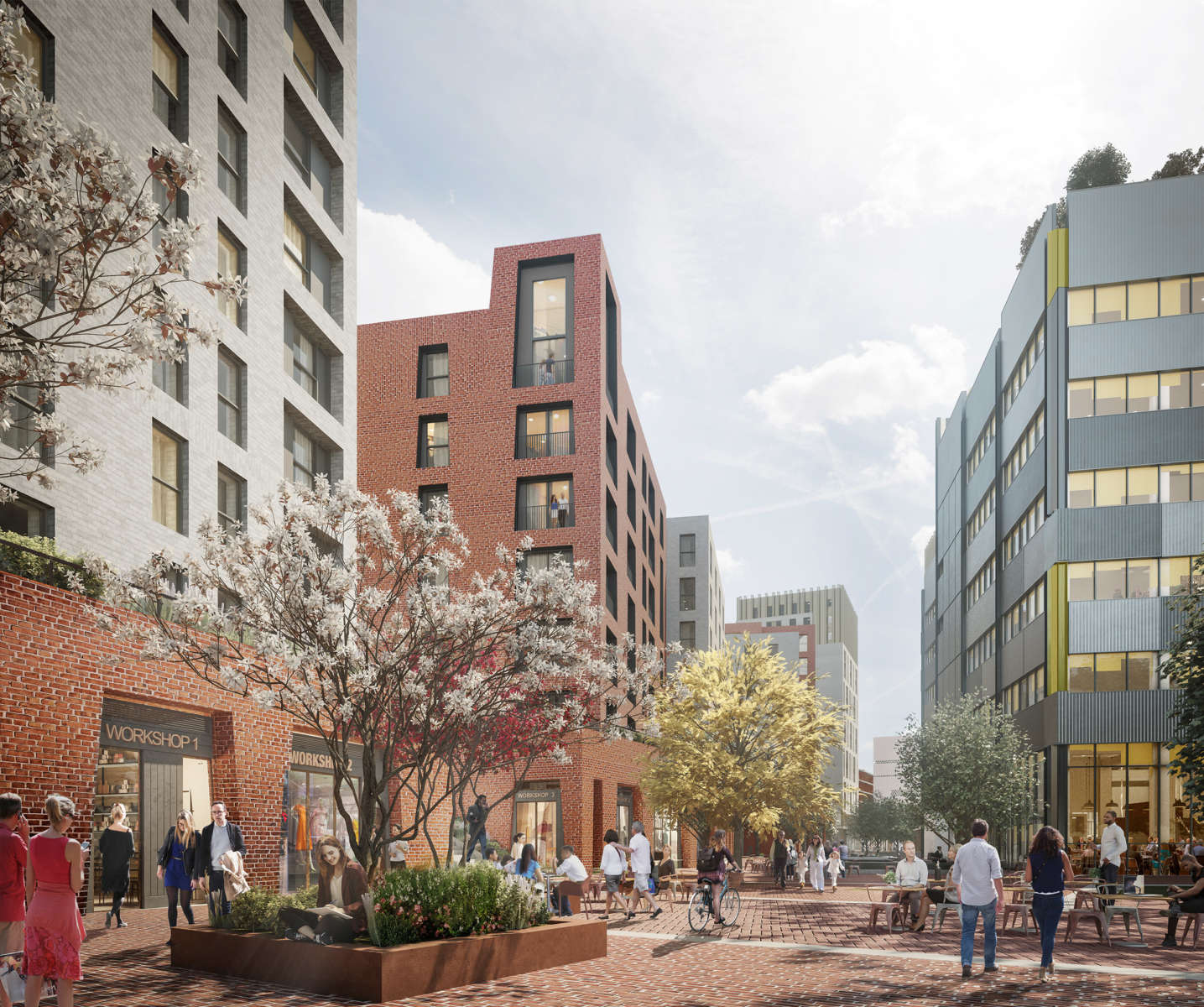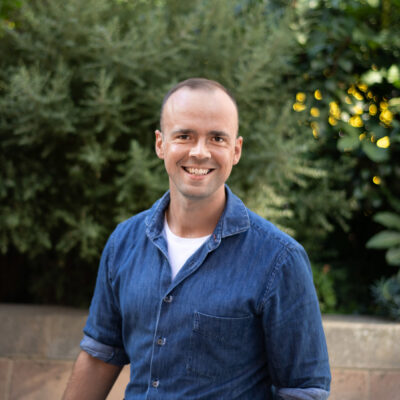This is not just a question of how we develop the grey belt, but how we grow the edge of city condition. The answer has to start with a comprehensive approach that combines the greybelt, greenbelt and previously developed land. There is an opportunity to create a city edge that is purposeful, rather than the current arbitrary threshold imposed by the green belt to stop urban sprawl.
That said, a larger more purpose driven development must rise to the challenges of our times – balancing climate concerns with the need to create desirable places to live.
This will require investment in transport and climate resilience alongside a focus on genuine mixed use led placemaking. The starting point may well be to expand existing conurbations on the city edge, ones that are already well connected, growing these around the city threshold to create places people actively want to live.
With urban brownfield sites thinning out it is time to consider what lies beyond suburbia. Maybe it is a newly defined ‘exurbia’, an area that has historically mixed rural life with good connections to the city.
To quote Ebenezer Howard, the creator of the Garden Suburb ‘Town and country must be married and out of this joyous union will spring a new hope, a new life, a new civilization.’ (1898). Maybe we can update the Garden Suburb to a newly defined Exurbia

